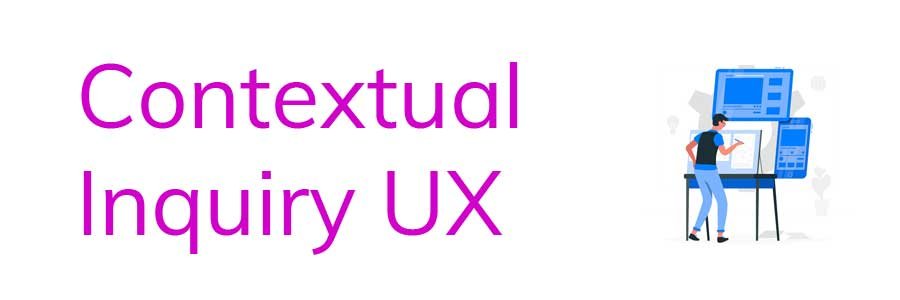
Contextual inquiry is a semi-structured interview method to acquire details concerning the context of usage, where consumers are asked a pair of standard queries and then detected and contested whether they function in their environments.
Since users have interviewed in their surroundings, the analysis information is more realistic compared to lab information—contextual inquiry on a couple of fundamentals which make it into unique scenarios.
This technique is at the start of the design process. It is fantastic for getting rich details regarding labor practices, societal, technical, and physical surroundings, and user resources.
Why Are Contextual Inquiries So Difficult?
All of the user research Methods, I believe contextual query is the Toughest to execute efficiently. Regardless of what you might have learned about performing contextual queries in college, out of books, or from posts on the internet, they are not as simple as they look. When you try to perform a contextual query yourself, you will quickly discover all sorts of unanticipated issues.
Contextual inquiries demand a tough balance between conventional interviewing and ethnographic observation. The contextual title question is foreign to most people outside the area of user expertise, and folks do not know what this strategy involves, resulting in lots of misconceptions. In the following guide, I will discuss some points and checklist you will face when running contextual queries and how to resolve them.
Contextual analysis points and checklist
- Always ask permission to find out whether it’s possible to record your contextual question sessions.
- Recording or not, take comprehensive notes. Combo of incremental notes about precisely what an individual is doing, direct quotations which are intriguing, and observations concerning what is and is not working.
- Taking notes is useful. Recording any direct observation or interview answers is also quite useful, but capturing photographs and generating sketches can help provide you with a feeling of essential topics and will help give you a much better sense of location.
- Sketches may also be a means to annotate what is or is not working. sketches may also be a means to produce a conceptual design of what you’re observing.
Pros of Contextual inquiry
- Contextual inquiry creates highly detailed information instead of many other qualitative techniques, which generate more high-level info.
- As the contextual query from the participants, so it takes whatever class the user wishes to give it in addition to elastic from their perspective.
- Since the player is authentic and comfortable in their surroundings, the quality of information accumulated is highly precise.
Cons of Contextual inquiry
- As the contextual query is with a single player at one time, it’s instead time consuming. The participants are far more in charge of the flow so that they determine just how long or short that the session will be.
- As is true for any qualitative study, this method has to be with information accumulated from different strategies, and the data have to acquire a more transparent and precise image of their findings.
- Being a new technique of study, customers will need to be clarified in detail precisely what contextual question is and how will it help them understand whatever they want to learn from the practice.
- Setting appropriate expectations, together with the participants and customer, have become the most crucial in contextual queries.
- Since most participants aren’t acquainted with contextual queries, they might not be up for directing a session and carrying to a more active part to assist in research.
Final Thoughts
Participation observation/contextual question is a necessary method when redesigning, overhauling or expanding software. Unlike in usability evaluations, you do not simulate anything for your consumer. Instead, you know a fantastic deal about their daily life, practical difficulties, and real habits when using devices and applications. And unlike in interviews, no data is lost since the user has forgotten it believes it to be immaterial.


